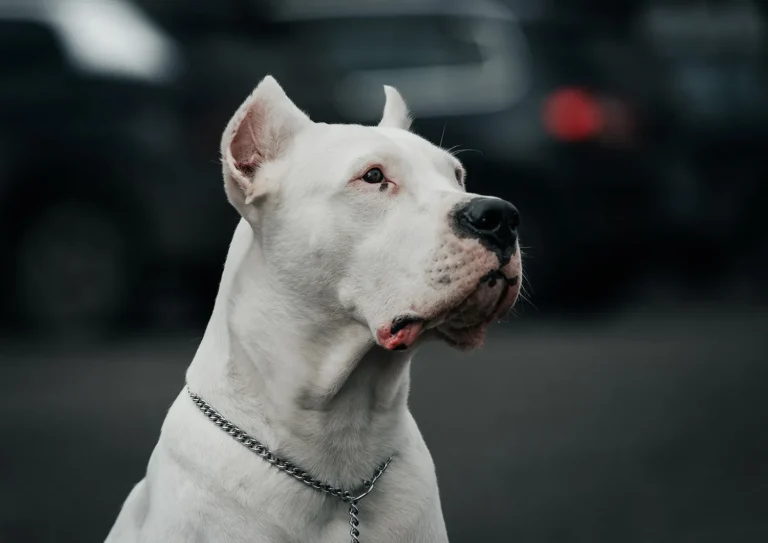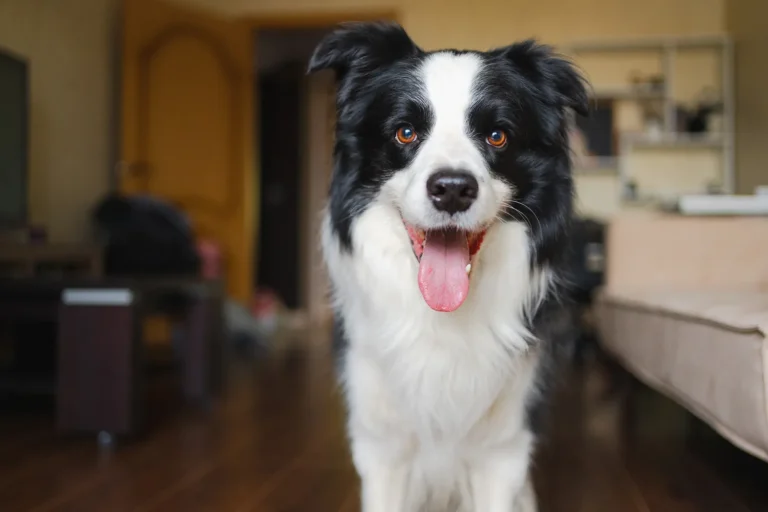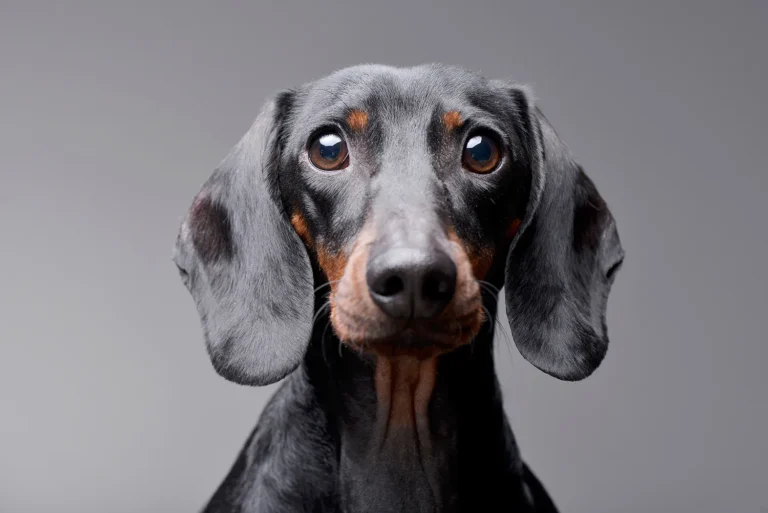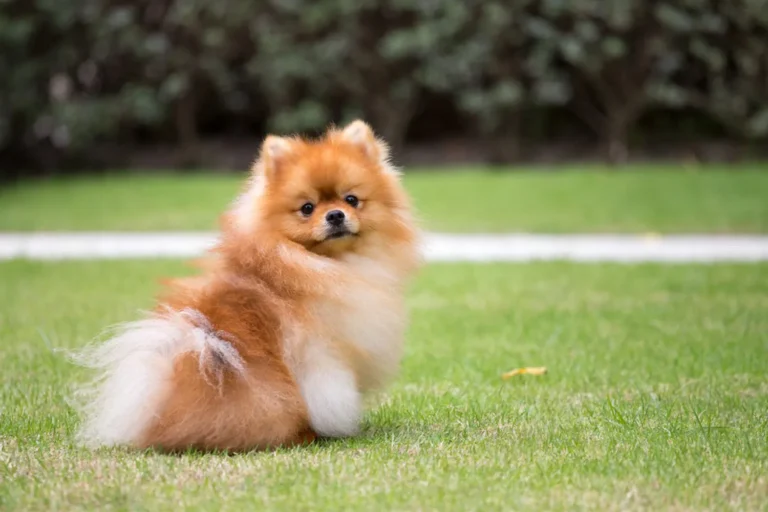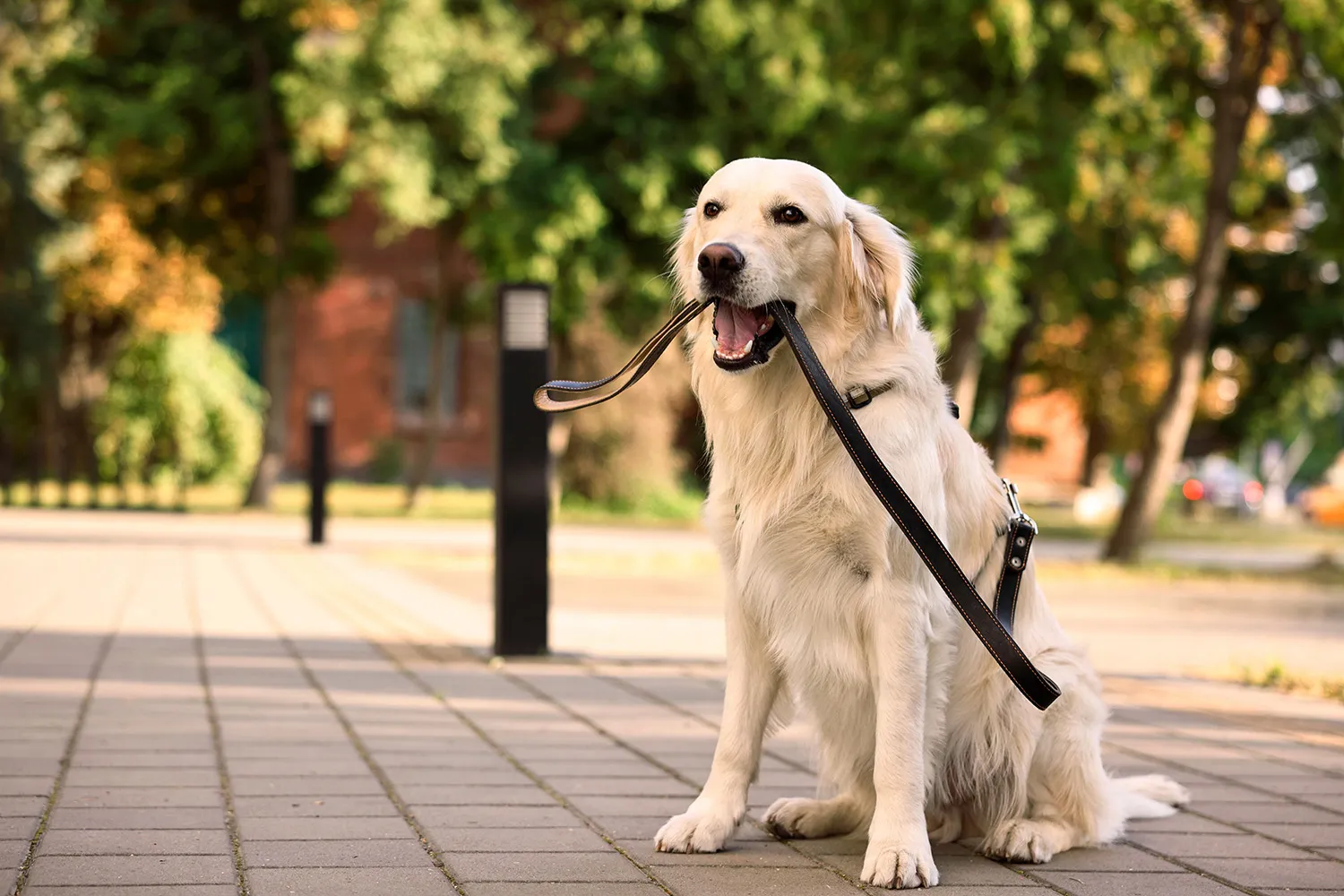
Thinking about adding a new furry family member? A Golden Retriever is a hard one to beat. They’re cuddly, affectionate, and so loyal it’ll make your heart melt no wonder they’re loved from Australia to everywhere else. I once dog sat a Golden named Sunny who would lean into you like a weighted blanket and then parade around with a sock as if it were a trophy.
Just be ready for their big hearts and big energy. Daily walks, simple training (they love to please), and regular brushing go a long way. If you want a happy shadow who’s up for beach swims, park fetch, and sofa snuggles, a Golden fits right in.
History and origin of the Golden Retriever
That gleaming golden coat and the constantly wagging tail didn’t happen by accident. Golden Retrievers were purpose built, and it shows. They began as hunting companions, designed to bring back waterfowl over chilly lochs and soggy marshes, and to do it with a soft mouth, a steady temperament, and an eagerness to try again and again.
In the 19th century, breeders crossed several working dogs Setters, the now extinct Tweed Water Spaniel, and even Bloodhounds to create a retriever that could swim powerfully, handle cold water, and track wounded game by scent. The result was a strong, hardy dog with a weather resistant coat, a nose that doesn’t quit, and a biddable nature that made long days in the field a pleasure instead of a chore. I once watched a young Golden named Maple launch herself into a mountain lake in early spring, happily ferrying back every bumper like it was her life’s calling. That love of water? It’s in the blueprint.
As the breed moved from estates and wetlands into towns and suburbs, their talents found new outlets. Today, Golden Retrievers are not only wonderful family companions, but they’re also the most popular breed to be used as service dogs for disabled and blind people. Their mix of intelligence, patience, and people focused attitude makes them naturals for the job. I met a guide Golden at a farmer’s market who calmly navigated crowds, curb edges, and clattering stalls like a seasoned pro, then leaned in for a quick, gentle chin rest on his handler’s knee.
Their versatility doesn’t stop there. You’ll see Goldens working as drug detection dogs in busy airports and doing search and rescue work after storms and on wooded trails. A friend of mine in California trains SAR teams, and she says the Golden’s stamina and optimistic attitude make long searches feel like a game they’re determined to win.
If you share your life with a Golden, leaning into that heritage is the secret sauce. Give them retrieves in the backyard, a weekly swim if you can, and nose work games that let them show off those scenting genes. Toss a towel by the door trust me on this because where there’s water, a Golden will find it. Their history built them to help, to learn, and to keep going with a smile, and that’s exactly why they fit so beautifully into so many kinds of work and family life today.
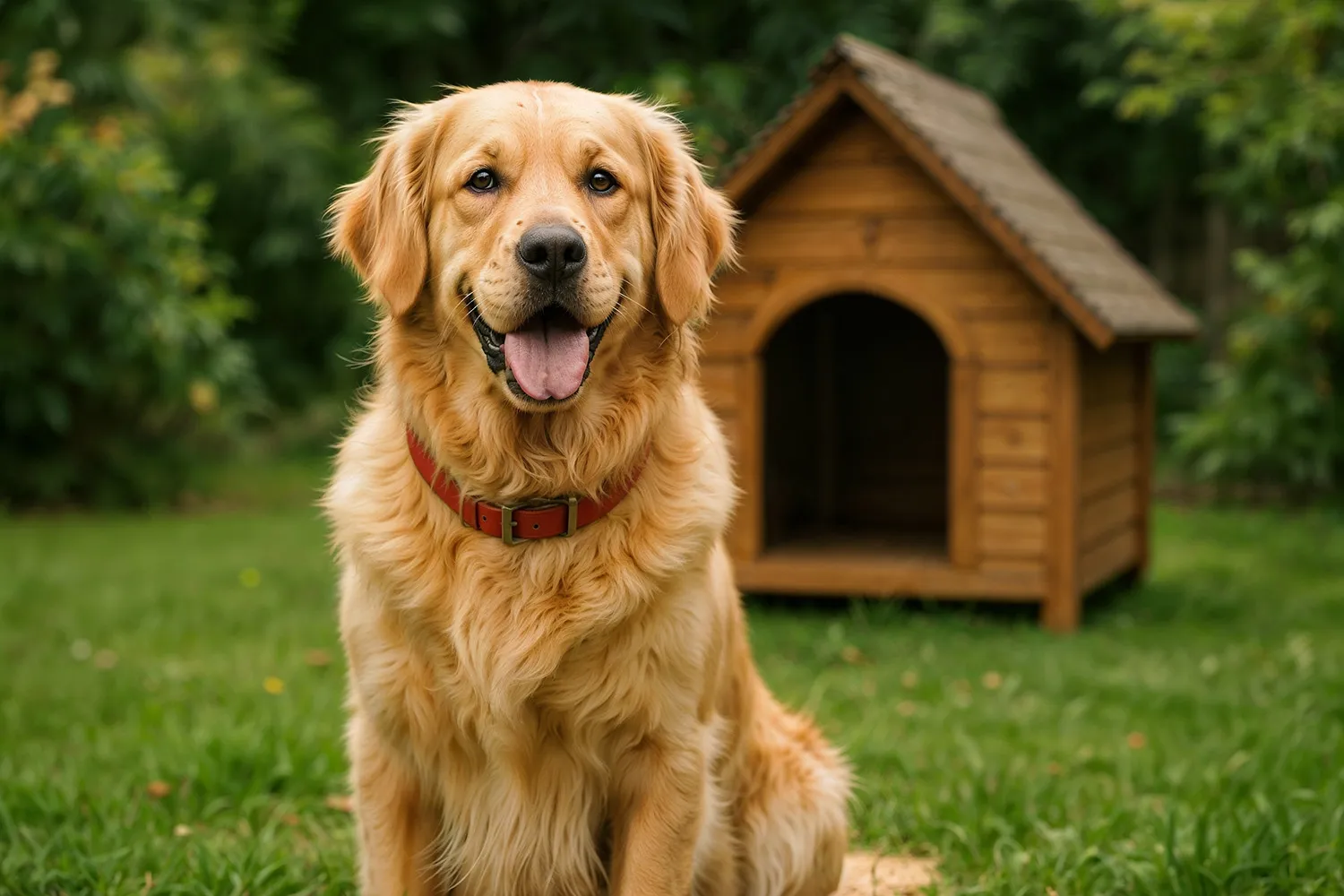
What Is the Golden Retriever Breed?
Born in Scotland as a hardworking gundog, the Golden Retriever is the kind of dog that turns strangers into friends and an ordinary walk into a parade. Their name comes from that thick, lustrous golden coat that seems to glow in the sun, and yes, it really is as soft as it looks. You’ll notice their classic broad head and those big, warm brown eyes that seem to say, “What can I do for you today?” I remember the first time I met a Golden named Daisy she leaned her whole heart against my leg before I even said hello. That’s the vibe.
Goldens were made to retrieve, especially from water, so they move with a powerful, smooth stride that looks almost effortless. The feathering on their chest, legs, and tail gives them a bit of flair, and that tail carries a “merry action” basically a joyful, sweeping wag that never really stops. I once had a friend whose Golden’s tail politely cleared coffee tables of remotes on a daily basis. Consider it part of their charm adjust your décor accordingly.
As companions, they’re famously easygoing and eager to please, whether you’re a bustling family or a solo owner who wants a steady sidekick. In my experience, they thrive on having a job, even if that “job” is as simple as carrying the mail from the box or fetching a designated house slipper. Give them daily exercise good, honest play like fetch or a brisk walk and a bit of brain work, like puzzle toys or practicing a new trick. Their coat is gorgeous but does shed, so a regular brushing routine makes life easier. I keep a towel by the door for wet adventures and a stash of tennis balls by the back step. With a Golden, you learn quickly: keep the toys handy, your schedule flexible, and your heart open their merry tail will take care of the rest.
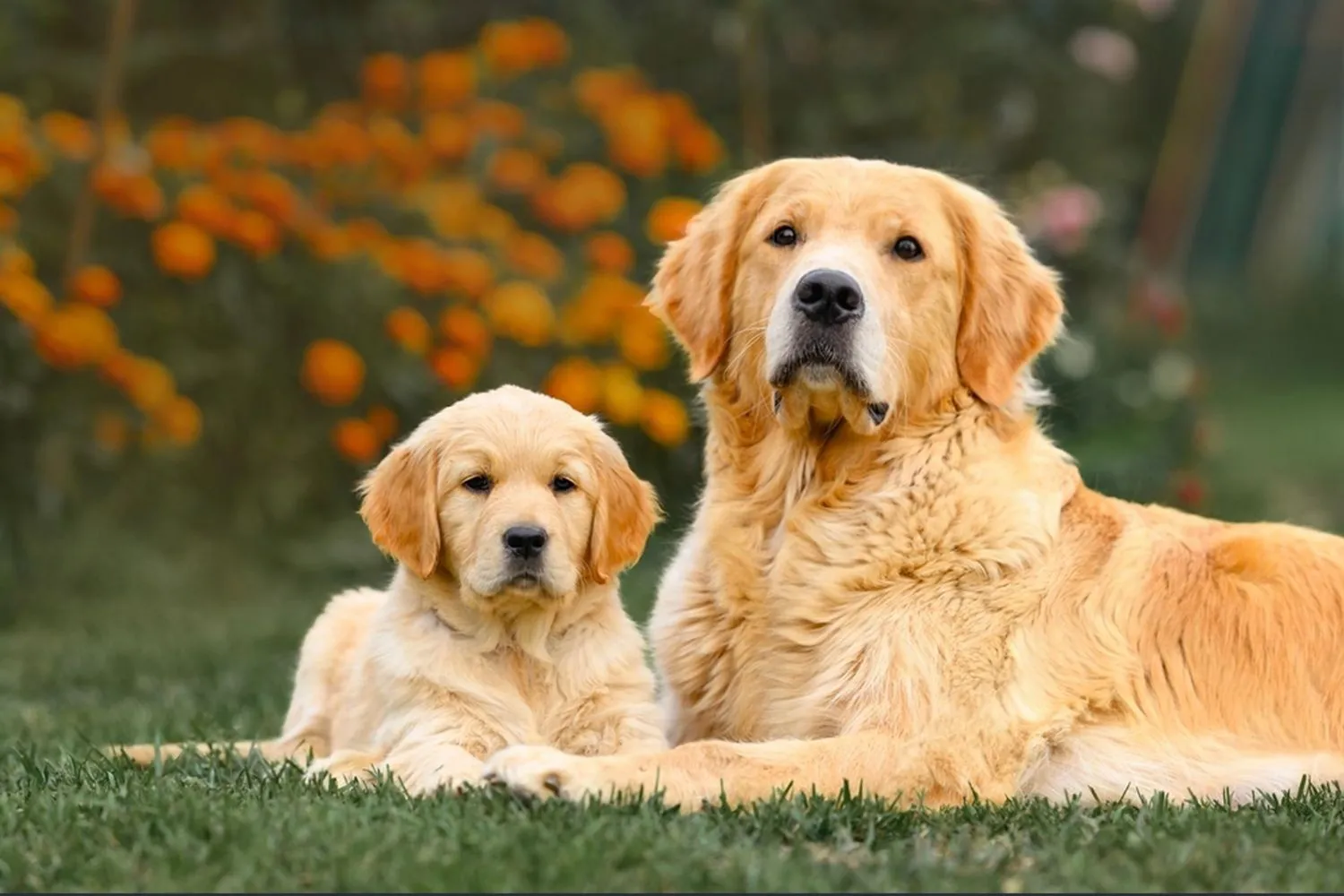
Who is a Golden Retriever best for?
If you’re dreaming of a dog who greets everyone like a long lost friend and then flops at your feet with a happy sigh, a Golden might be your perfect match. They’re famously people oriented, which makes them wonderful for families, first time dog owners, and anyone who wants a friendly companion to share the couch and the daily routine. I used to take my neighbor’s Golden on weekend hikes, and he would proudly carry the same stick for half the trail, like he’d just won a trophy. That blend of goofiness and heart is pretty much the Golden Retriever in a nutshell.
One of the best parts about Goldens is how nicely they tend to get along with other pets cats, rabbits, and other dogs included especially when they’ve been properly socialized. I once fostered a young Golden and introduced her to my resident cat using baby gates, short sniff sessions, and lots of treats. By the end of the week, they were sunbathing together in the same patch of light. If you’re bringing a Golden into a multi pet home, start with slow, calm introductions, reward polite behavior, and keep early meetings short and positive. Teaching basics like “leave it” and “gentle” pays off big time.
They’re playful, trustworthy, and eager to please, which brings a sense of ease to the household you can feel that calm, steady presence even on busy days. Just remember they do best with daily exercise, mental stimulation, and time with their people. Give a Golden your attention and some structure, and you’ll have a loyal friend who fits beautifully into almost any family, furred members included.

Golden Retriever Grooming & Shedding
If you’re thinking about bringing home a Golden, get ready to embrace the fluff. These sweet goofballs shed year round and “blow” their dense, water repellent double coats heavily about twice a year. In spring and fall, it can feel like someone shook out a golden blanket in your living room. I once brushed my Golden on the back porch and filled an entire grocery bag with fur in 15 minutes my neighbor thought I’d adopted a second dog.
The good news: regular grooming makes a huge difference. On normal weeks, a solid brushing two to three times keeps the tumbleweeds under control; during the heavy shedding seasons, plan on daily brushing. A slicker brush for the topcoat and an undercoat rake for the fluff beneath are my go to combo. Work in sections neck ruff, behind the ears, feathering on the legs and tail, then those fluffy “pants” on the back legs. Gentle, short strokes do more than wild sweeping. I like to brush outside or on a bath mat so cleanup is easier.
Bathing every 4-8 weeks helps loosen dead hair, but don’t overdo it you don’t want to strip their natural oils. After a bath, a good towel dry and, if you have one, a high velocity dryer on low can blow out a surprising amount of shed fur. And please don’t shave a Golden; their double coat protects them from heat, cold, and sun, and it actually helps regulate temperature.
A few housekeeping hacks from my home: a lint roller by the front door, washable couch covers, and a robot vacuum set to run in the afternoon when the sun hits the floors (that’s when the fur shows itself). Keep nails trimmed, tidy the paw pads and sanitary areas, and check ears weekly Goldens love water, and damp ears can get gunky. My groomer does a “feather tidy” every couple of months to keep things neater without losing that classic Golden look.
Diet matters too. A high-quality food and omega-3s (I use fish oil per my vet’s advice) keep the coat shiny and reduce breakage. With a little routine and the right tools, all that fluff turns into a calming ritual. Honestly, our nightly brush and chat time is when my Golden leans in, sighs, and I remember why the fur on my black pants is totally worth it.
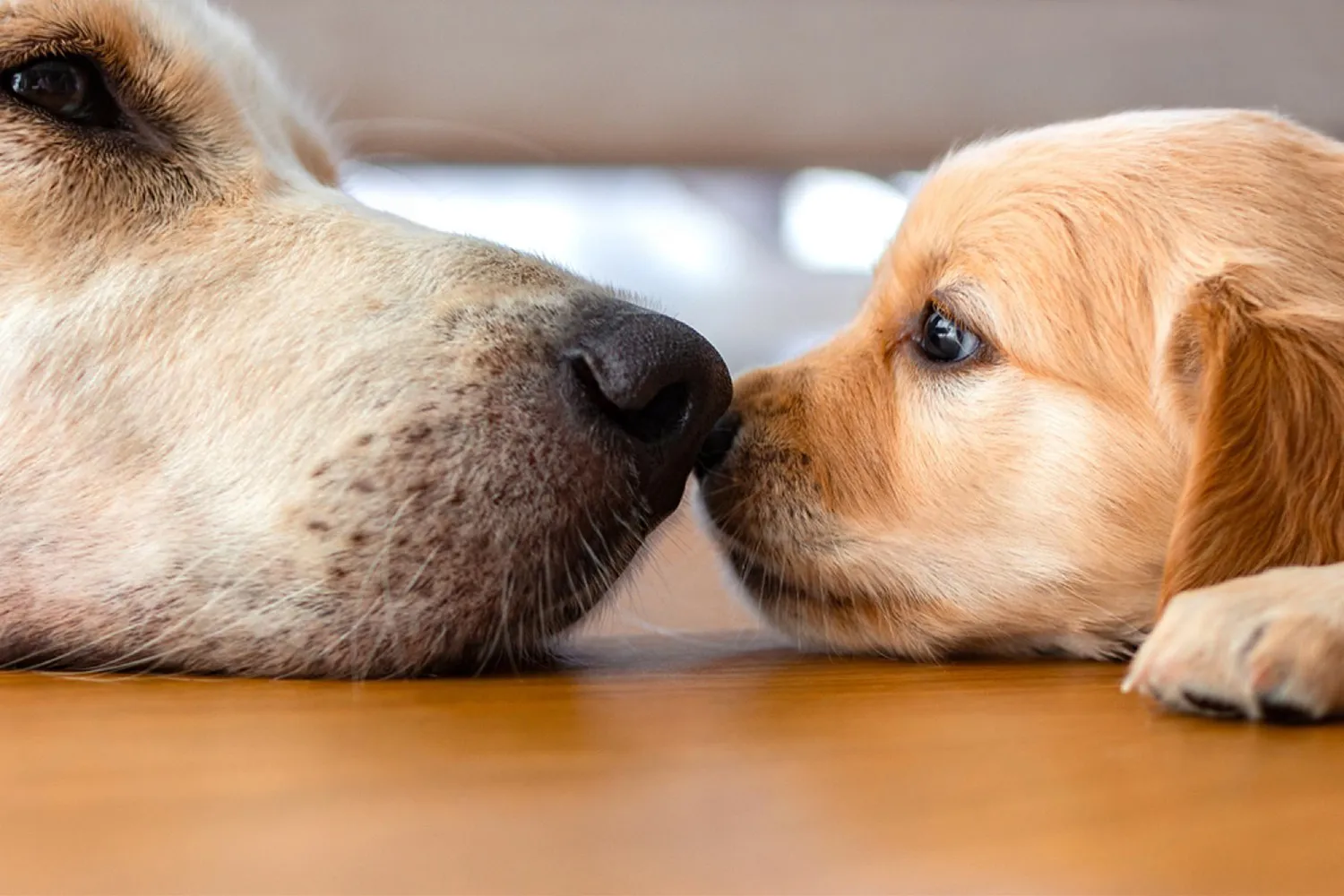
Do Golden Retrievers Bark a Lot?
In my experience, Goldens are more likely to greet the world with a tail wag than a bark. They’re famously peaceful and people loving, so while they definitely have a voice, they don’t tend to use it nonstop especially compared to some small, high alert breeds. My old Golden, Maple, had a signature “boof” for the mail carrier and a happy whine when her favorite neighbor walked by, then she’d flop back down like her work was done. Meanwhile, the terrier down the street could narrate the entire afternoon.
Because Golden Retrievers don’t have a strong guard instinct, they’re not the best choice if you want a serious watchdog. They’ll alert you to a knock at the door or someone approaching the yard, but their follow-up is usually a wiggly butt and hopeful smile. That said, if your Golden starts barking more than you’d like, it’s often about excitement, boredom, or something curious outside. A good routine of exercise and mental games fetch, scent work, puzzle toys goes a long way. I like to teach “quiet” after a couple of allowed barks, then reward when they settle. And keep greetings low key; if you throw a party every time the doorbell rings, your dog will too. With a bit of consistency, most Goldens learn to save their voice for the moments that matter.
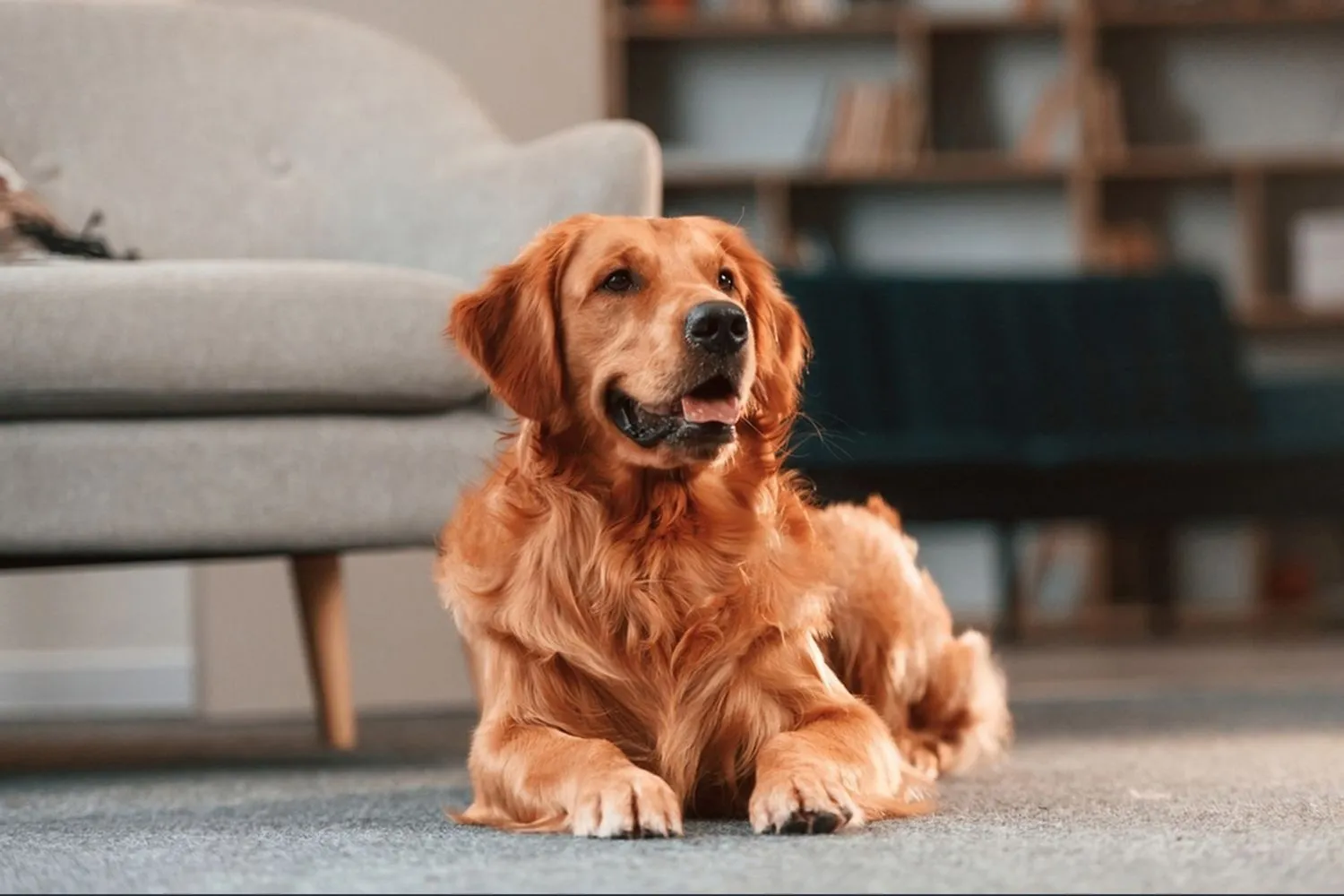
Average Weight and Height of a Golden Retriever
Golden Retrievers are classic medium sized dogs with that sturdy, athletic build we all admire. They have strong, handsome heads and those small, neat ears set high, all balanced over a deep chest that gives them a confident, ready for anything look. When my Golden trots past with that feathery tail swishing, he looks every bit the athlete in a golden coat.
For the numbers you can jot down: male Golden Retrievers typically stand about 23-24 inches tall and weigh 64-71 pounds. Females are a bit smaller and lighter, usually 22-22.5 inches tall and 55-64 pounds. Height is measured at the withers the top of the shoulder so I like to gently stand my dog against a wall and make a tiny pencil mark. It’s not fancy, but it works. For weight, the vet’s scale is best, though I’ve done the “step on the bathroom scale with the dog, then without” trick more times than I can admit. https://en.wikipedia.org/wiki/Golden_Retriever
Remember, these are healthy averages, not hard rules. Build, genetics, and activity level can nudge a dog slightly above or below. I aim for a fit outline: you should be able to feel ribs without pressing hard and see a slight waist when you look from above. Keeping them in that range usually means steady walks, a few spirited fetch sessions, and resisting those big hopeful eyes at dinner. Goldens tend to reach their full height first and then “fill out,” so don’t panic if a young dog looks lanky mine did, and then one day he woke up looking like a magazine cover model.
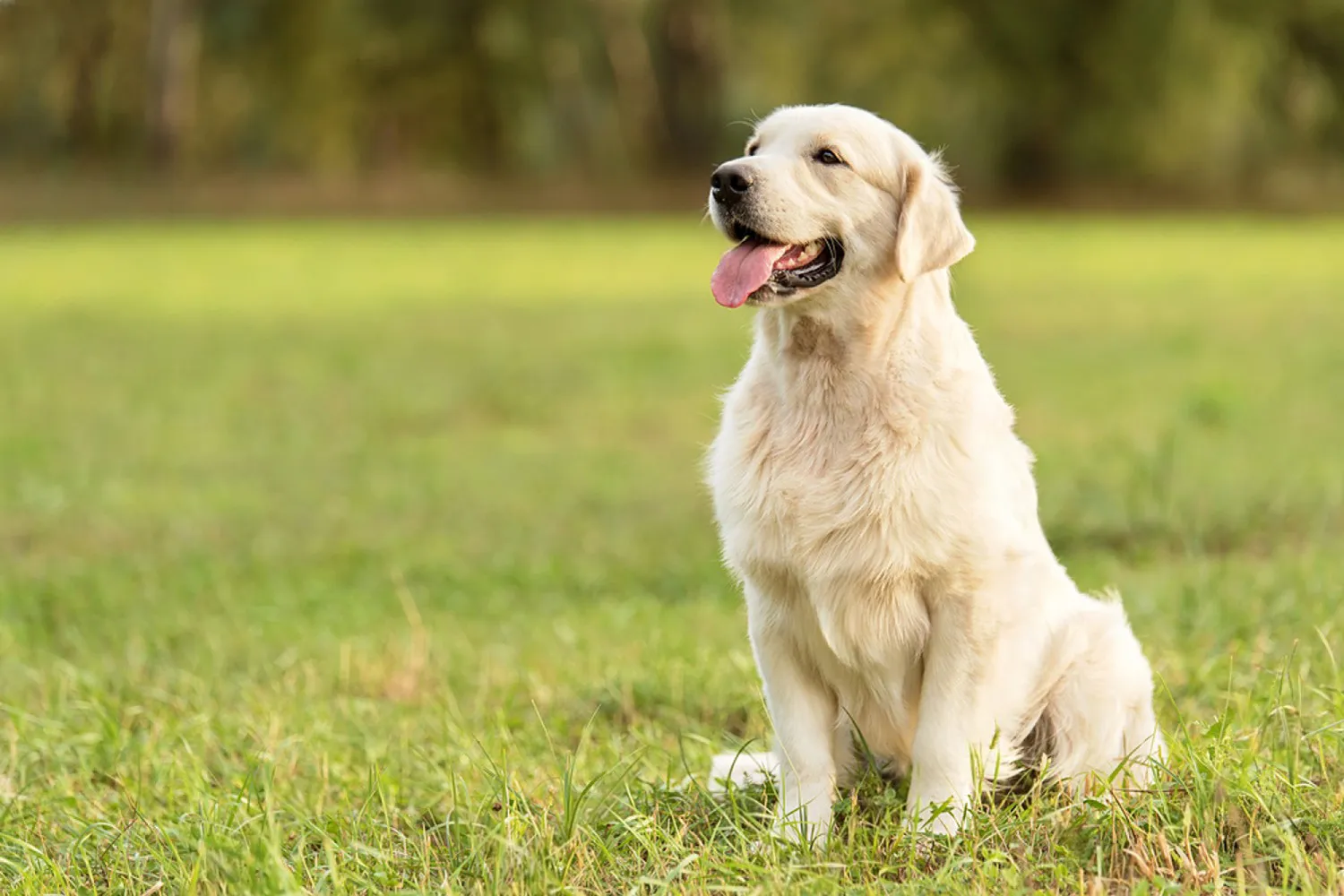
Are Golden Retrievers Easy to Train?
With most Goldens, you get that happy “what’s next?” look that makes training feel more like a game than a chore. Mine learned sit in the time it took me to open the treat bag no joke. That eagerness to please is a huge advantage, but it still pays to start smart: puppy training classes and basic obedience are essential. I love a good puppy kindergarten for early structure and confidence.
Socialisation is just as important as sit and stay. Get your Golden out to see the world: people with hats, kids on scooters, friendly dogs, sliding doors at the shop, different surfaces, even a quick visit to the vet lobby just to say hi. I used to take short “field trips” to a quiet café and practice settling under the table; after a few tries, my pup snoozed through the whole latte.
Keep sessions short and upbeat five to ten minutes, a few times a day and arm yourself with tiny, tasty treats and lots of praise. Goldens are food motivated, so use that. Mix in fun: hide and seek recalls, name games, and walking nicely with frequent rewards. During that teenage phase when they test boundaries, stay consistent. Reward calm four on the floor instead of jumping, and redirect mouthy moments to a toy.
Goldens are typically very easy to train, and they prove it on the big stage too: a Golden Retriever earned the AKC Obedience Champion title at the 2021 American Kennel Club championship. No surprise to anyone who’s lived with one!
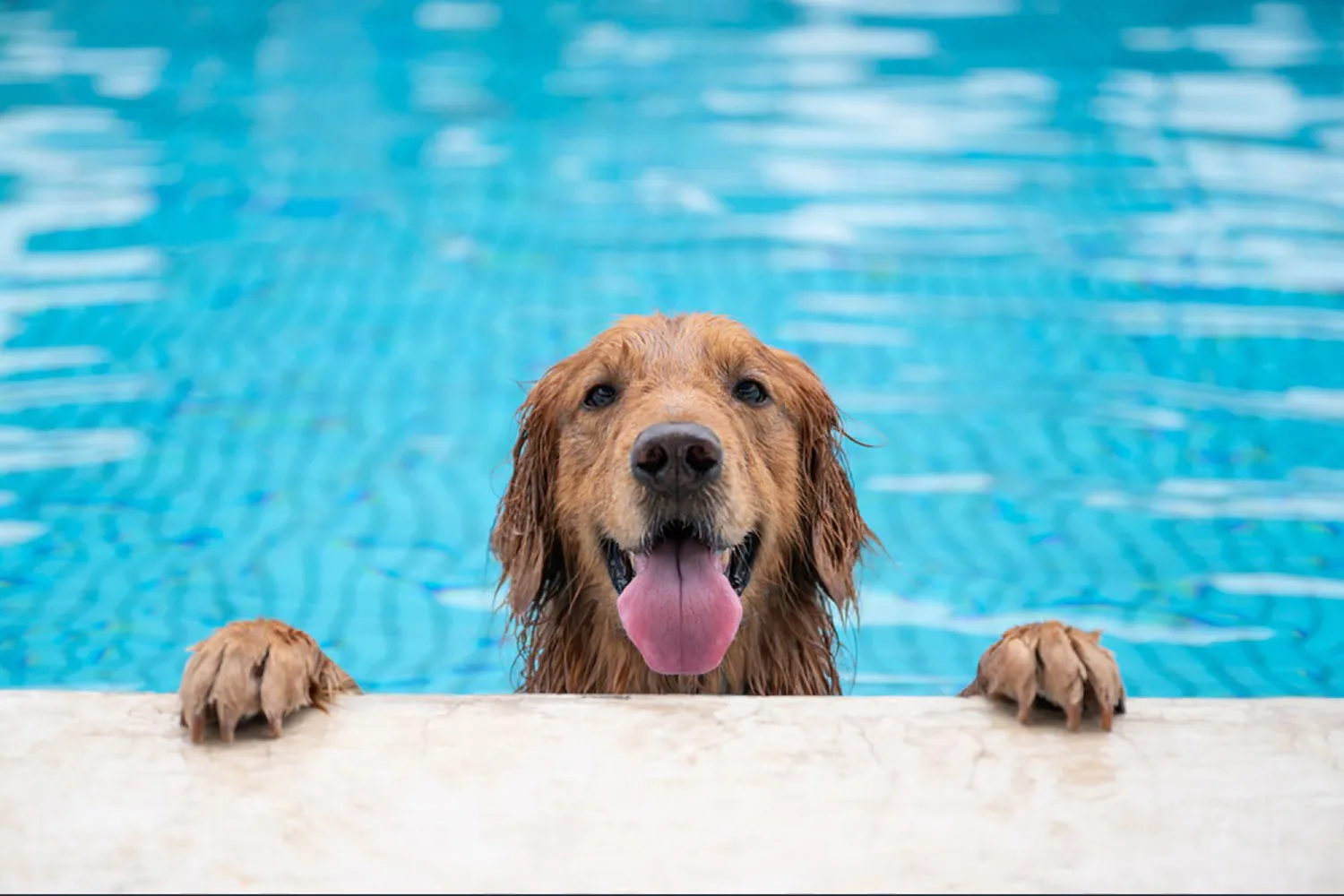
How Do Golden Retrievers Behave? A Look at Their Temperament and Personality
Goldens were born to be teammates. They were originally bred to work alongside people, and you can feel it in the way they lock eyes with you, waiting for their next cue. That eagerness to please shows up in the funniest ways mine used to trot around every morning collecting socks like they were VIP items slated for delivery. Give a Golden a job and they light up, whether it’s fetching the newspaper, carrying a small pack on a hike, or serving as your very cheerful alarm clock. A breeder I spoke with in Vermont laughed that her pups start offering “work” before they even know any cues bringing leaves, toys, anything just to see you smile.
Their happy temperament is like a magnet. Take a Golden on a walk and be prepared to make new friends; they tend to greet strangers like long lost cousins. I once met a Golden named Moose at a lakeside trail in Minneapolis who insisted on saying hello to every jogger, stroller, and duck within a hundred feet. Most Goldens are equally relaxed around other dogs and will dive into a game of chase or wrestle without much fuss. That said, a little coaching goes a long way: practice polite greetings, reinforce a solid “sit” before saying hi, and teach a gentle “leave it” so they don’t barrel toward every party like it’s their personal parade.
Because they’re people focused and smart, training is usually a joy short, upbeat sessions work wonders. Tap into their “I want a job” mindset with simple chores: ask them to carry the mail in, tidy up toys, or find hidden treats around the house. Scent games and puzzle toys help, too, especially on rainy days. And don’t forget the off switch. Goldens are enthusiastic, but they can learn to settle. A comfy mat, a chew, and a calm “place” cue taught after a good walk can turn your bouncy golden goofball into a snoozing foot warmer in minutes. Friendly, willing, and full of heart that’s a Golden in a nutshell, and it’s exactly why they wiggle their way into so many homes.
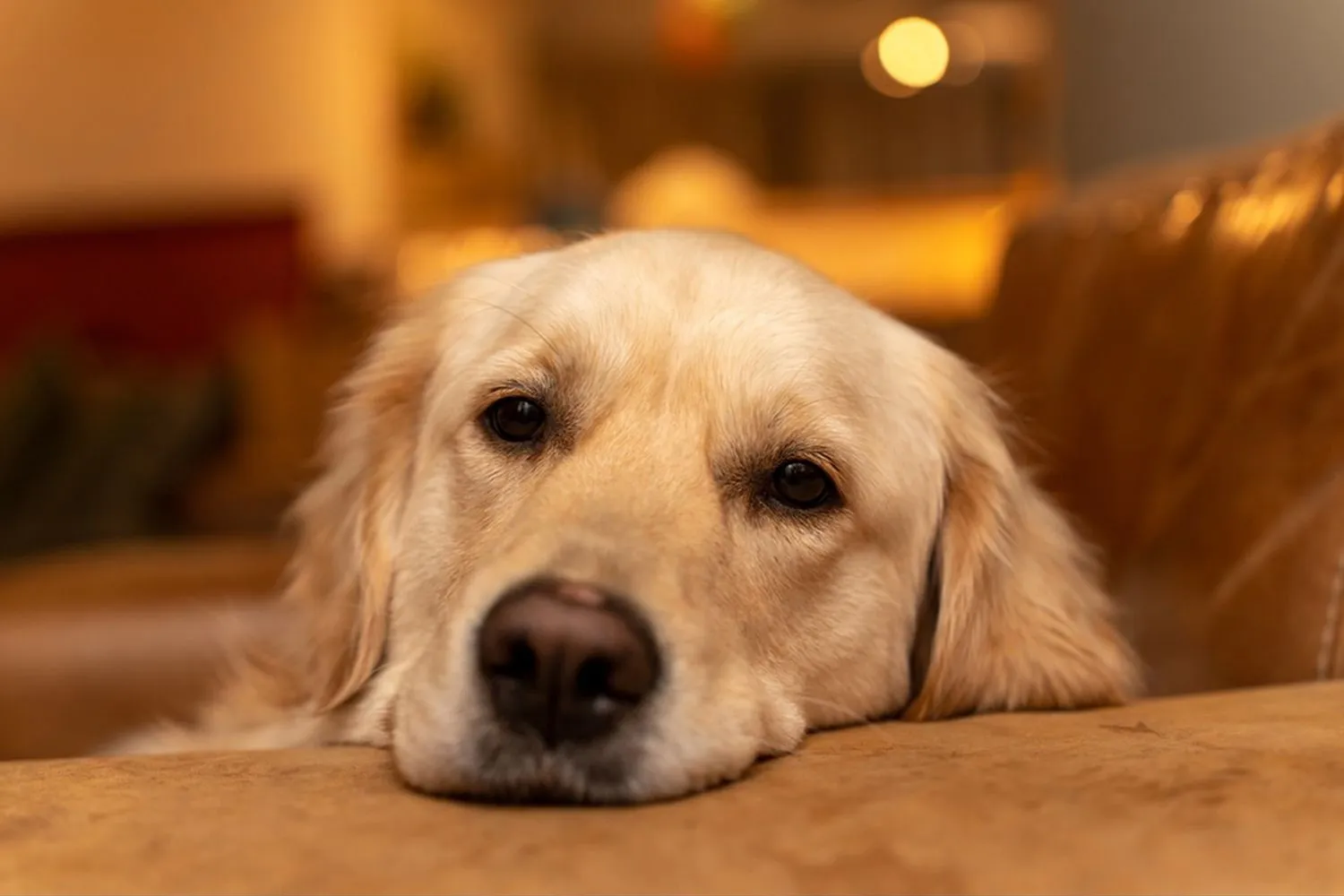
Do Golden Retrievers Have Common Health Issues?
Golden Retrievers are generally sturdy, happy go lucky dogs, but like every breed, they have a few health quirks we should keep on our radar. They do have a slightly higher risk of hip dysplasia and certain cancers compared to some other breeds, so a little extra vigilance goes a long way. I always say: enjoy every goofy grin and wag, and partner closely with your vet to keep that tail wagging for years.
Let’s talk joints first. Hip dysplasia is when the ball and socket of the hip don’t fit together as snugly as they should, which can lead to arthritis over time. Elbow dysplasia is a similar issue affecting the elbow joint and can cause pain and mobility problems. Signs can be subtle at first hesitating on stairs, a bunny hop run, stiffness after a nap. Low impact exercise like swimming, keeping nails trimmed, using rugs on slippery floors, and maintaining a lean weight can make a big difference. One of my Goldens had a post zoomies limp that scared me half to death; after X rays and a good management plan (weight control, joint supplements, short frequent walks), he was back to gentle games of fetch without overdoing it. For growing puppies, it’s especially important to avoid too much jumping and high impact play while their joints develop.
Goldens also face a higher risk of certain cancers, including hemangiosarcoma and lymphoma. Symptoms can be frustratingly vague tiredness, pale gums, a sudden belly swell, enlarged lymph nodes, or just “not themselves.” I do a quick monthly “nose to tail” check for lumps and bumps and never hesitate to see the vet if something feels off. Regular wellness exams and baseline bloodwork are your friends. A close friend caught her Golden’s lymphoma early because she noticed a subtle change in energy; that early catch gave them more good time together.
Eyes and hormones come next. Cataracts pop up more often in older Goldens and can cause cloudy looking eyes or trouble seeing in low light. Your vet can monitor progression and discuss options if they start to affect daily life. Hypothyroidism an underactive thyroid can show up as unexplained weight gain, a dull coat, skin issues, or lethargy. Goldens love their naps, sure, but if your dog seems persistently low energy or the coat looks rough, ask your vet about a thyroid test. The good news: it’s typically manageable with medication.
A big, urgent one to know: bloat, or gastric torsion. It’s a life threatening emergency. Watch for a tight, distended belly, unproductive retching, drooling, and restlessness if you see these, go straight to an emergency vet. Preventive habits help: feed two or more smaller meals, use a slow feeder if your dog vacuums food, and skip hard exercise right before and after meals. Some owners discuss a preventive surgery called gastropexy with their vet; it’s worth asking about your dog’s individual risk.
Allergies are another frequent flyer in this breed both environmental and food. Think itchy skin, paw licking, ear infections, and hot spots. I keep hypoallergenic wipes by the door to clean paws after walks, and regular baths with a gentle shampoo have saved us from many itch fests. Your vet can help with a plan, which might include diet trials or medications when needed.
And finally, the battle of the waistline. Goldens are professional snack enthusiasts, which makes obesity a real risk. Measure meals, use part of their kibble for training, and swap high calorie treats for crunchy veggies like green beans or carrots. You should see a defined waist from above and feel ribs with a light touch. Daily movement walks, fetch, swimming keeps their body and brain happy.
Bottom line: Goldens are generally healthy, joyful companions. Knowing these common issues hip and elbow dysplasia, cancer, cataracts, hypothyroidism, bloat, allergies, and obesity helps you catch problems early and keep your pup thriving. With good habits and a great vet partnership, you’ll stack the deck in favor of a long, tail thumping life.
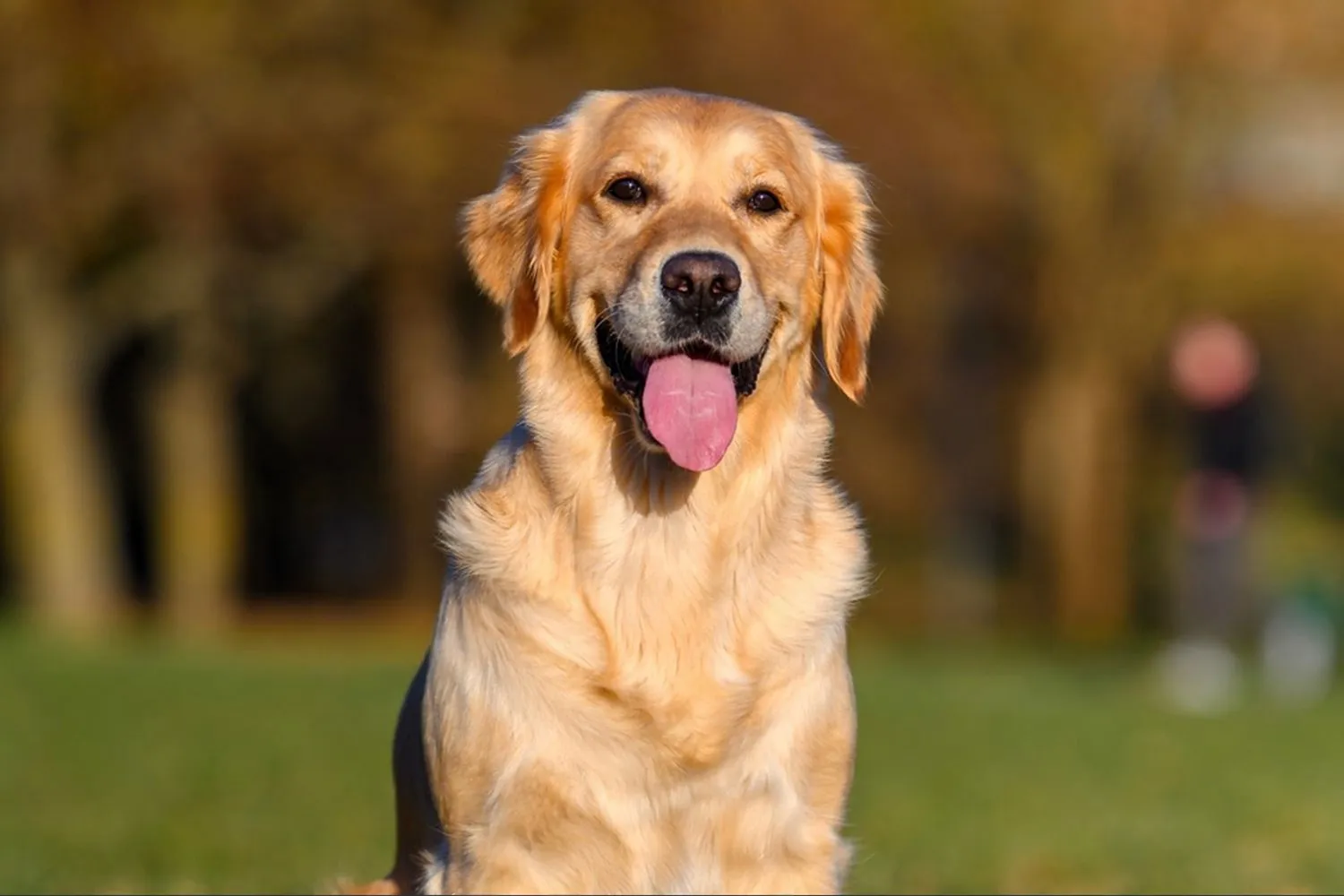
What Is the Lifespan of a Golden Retriever?
Most Golden Retrievers can live up to 13 years, which means a whole lot of hikes, couch cuddles, and muddy pawprints on your floors. I still smile thinking about my childhood Golden snoozing through her 13th birthday party with a peanut butter “cake” and a dozen kids singing terribly off key. With steady care and a bit of luck, you’ll make more memories than you can count.
Routine vet visits are your best insurance policy for a long, happy life together. Annual checkups are great, and as your Golden gets older, your vet may suggest coming in a bit more often to catch little things before they become big things. Keep up with ear and dental care too those lovable floppy ears need frequent cleaning, especially after swimming or a rainy walk. I keep a bottle of vet approved ear cleaner by the door and give a quick wipe after splashy adventures. For teeth, regular brushing, dental chews, and professional cleanings when your vet recommends them can make a huge difference in overall health.
Lifestyle habits add up. Feed a balanced diet, keep portions measured, and watch the waistline Goldens are champions at convincing you they’re “starving” five minutes after dinner. Daily exercise and brain games help, whether that’s a long stroll, a fetch session on soft grass, or scent puzzles on rainy days. Gentle activities like swimming are terrific for joints and spirits alike.
If you’re getting a puppy, choosing a responsible breeder sets the stage for a healthier life. You might pay more upfront, but a well bred puppy is worth it. Research each breeder carefully and ask about the parents’ temperaments, health histories, and bloodlines. I like to see health clearances and to meet the mother at minimum; a good breeder will be proud to share details and stay in touch. If you’re adopting, ask the rescue what they know about the dog’s background and any vet records.
With attentive care and smart choices, your Golden can be your sidekick for many wonderful years golden in name and in heart.
How Much Should a Golden Retriever Eat?
Goldens are famous for their sunny personalities and their bottomless appetites. My first Golden would swear he was starving five minutes after breakfast, even with kibble dust still on his nose. Because they’re so food motivated, they can pack on pounds quickly, so a little structure goes a long way.
I measure meals with a kitchen scale and feed twice a day, morning and evening. It’s not fancy, but it’s the easiest way to keep portions consistent and avoid “just a little extra” creeping in. Skip the all day buffet; free feeding a Golden is like leaving a pizza out for a teenager. If your dog inhales food, a slow feeder bowl or puzzle feeder buys you a few calmer, healthier minutes.
Treats are where calories love to hide. I keep them small think pea sized and I often set aside part of the daily kibble to use for training so I’m not adding to the total. Crunchy green beans or a bit of carrot can be a nice low calorie bonus, but keep even the healthy snacks modest.
To check your Golden’s weight at home, do a quick eye and hands test. Run your fingers along the ribs you should feel them with light pressure, but not see them. From above, you want a slight waist; from the side, a gentle tummy tuck. If you can’t feel ribs at all, it’s time for a tweak: a bit more exercise and a bit less food. I usually trim portions by about 10% and add an extra walk or a longer game of fetch, then reassess in a couple of weeks.
Every dog is different, so use the feeding guide on your food bag as a starting point, not a rule. Age, activity level, and metabolism all play a part. If you’re unsure or the scale keeps creeping up, have a chat with your vet they’ll help you fine tune a plan that keeps your Golden fit, happy, and ready for the next adventure.
Golden Retriever FAQs and Friendly Tips
Are Golden Retrievers good pets?
Absolutely. It’s no surprise Goldens are family favorites all over the world. With good socialization and basic training, they slip right into family life like they’ve always been there. They’re gentle and famously friendly, but I always remind families to teach kids how to respect a dog’s space. Even the sweetest Golden can get overwhelmed if someone is tugging ears or climbing on them. At our house, we had a “no hugs when he’s sleeping” rule, and it made a big difference.
Goldens are people dogs to their core. They love being part of daily life school drop offs, movie nights, Saturday yard projects, all of it. My neighbor’s Golden, Milo, used to trot from blanket to blanket at our summer picnics just to say hello to every guest like the unofficial welcome committee. They’re also mouthy by nature (they’re retrievers!), so we kept a basket of soft toys by the door to give our pup something appropriate to carry when excitement levels spiked.
How often will a Golden Retriever require grooming?
With that glorious water repellant double coat, routine grooming is your best friend. Expect quick brush outs three to four times a week most of the year, and daily brushing in spring and autumn when the undercoat “blows” and turns your home into a snow globe. An undercoat rake and a slicker brush are worth their weight in gold. One spring, I filled an entire grocery bag with fur from a single backyard brushing session and my dog still looked as fluffy as ever.
Bathing every 4-8 weeks usually does the trick, but rinse after muddy adventures or swims. Keep an eye on those ears; floppy ears can trap moisture, so I do a gentle ear check and wipe after baths and swims. Nails need regular trims (listen for that telltale click on the floor). A quick tidy of the feathering around feet and tail keeps things neat, but skip shaving the coat Goldens need that double layer for insulation and skin protection.
How much exercise does a Golden Retriever need?
Goldens are sporting dogs, so plan on plenty of daily activity. For healthy adults, aim for about 60-90 minutes of exercise spread throughout the day. Mix it up long walks, fetch in the yard, swimming, or a good hike. They thrive with a job to do, which can be as simple as carrying a toy on walks. Mental workouts count too: puzzle feeders, scent games, obedience practice, and retrieving drills will take the edge off in a way a quick walk can’t.
With pups, keep things gentle while they’re growing short, frequent outings and lots of sniffing adventures rather than long runs. When my Golden was young, I learned the hard way that skipping a day of exercise meant creative “redecorating.” I came home to a living room festooned with toilet paper like it was New Year’s Eve. A tired Golden is a happy Golden, and a well exercised one is far less likely to chew, dig, or invent their own hobbies.
Why are Golden Retrievers so popular?
That sunny, eager to please nature goes a long way. Goldens are wonderfully versatile happy family companions, steady service dogs, gentle therapy visitors, and enthusiastic partners in sports like agility, tracking, and obedience. With proper socialization, they can adapt to all kinds of environments, from a bustling family home to a quieter household, as long as their need for company and activity is met.
They’re also incredibly trainable because they’re motivated by praise, play, and (let’s be honest) snacks. My friend’s Golden, Daisy, learned to put her toys away just for a handful of kibble and a big “good girl!” One small note: while they’re great at alerting you to a knock at the door, they’re usually more interested in making friends than playing guard dog. If you’re considering a Golden, be ready for affection, fur on your clothes, and a buddy who wants to be where you are always. It’s a lot of love, a bit of grooming, and a daily dose of fun, and for many of us, it’s the perfect combo.
Disclaimer:
This article is for informational purposes only and doesn’t replace professional veterinary or training advice. Always consult a certified vet or dog trainer for guidance specific to your pup.
